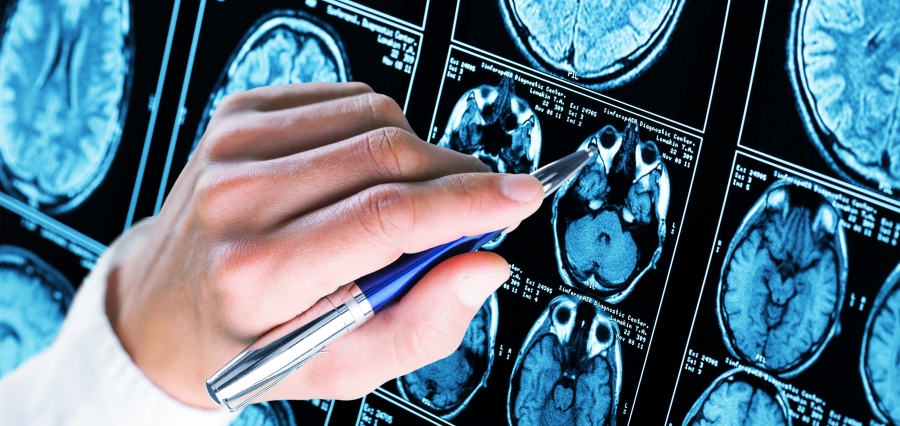A pioneering AI device which the developers claim can distinguish between high-risk heart patients is set to be put to the test in real life in England. The development comes after a study demonstrated it was possible to have accurate mortality risk prediction of an individual following a heart scan with the help of the tool.
Developed by a global research team led by Imperial College London, the AI model, named AI-ECG risk estimation (AIRE), utilizes data from millions of electrocardiogram (ECG) results. ECGs are routine medical tests that measure electrical signals within the heart, primarily employed to diagnose conditions like heart attacks. The researchers aimed to uncover subtle patterns that might indicate a patient is at heightened risk of serious health complications or early death.
When assessed, AIRE showed a remarkable accuracy rate of 78% in predicting the likelihood of death within ten years based on an ECG. “We believe this could have significant benefits for the NHS and worldwide,” said Dr. Fu Siong Ng, a cardiac electrophysiology researcher involved in the project.
In addition to mortality predictions, the AI model is capable of forecasting heart attacks, heart failure, and rhythm disorders. Plans for broader implementation within the National Health Service (NHS) are anticipated over the next five years, with initial trials set to begin mid-2025 at various locations in London. These trials will assess the model’s effectiveness among patients from outpatient clinics and hospital wards.
AI-driven ECGs have previously shown promise in diagnosing heart diseases, but their integration into standard medical practice for risk assessment has been limited. “This could elevate ECG use beyond traditional applications, enabling proactive assessment of future health risks,” commented Bryan Williams, chief scientific and medical officer at the British Heart Foundation, which funded the research.
The findings, published in *The Lancet Digital Health* journal, acknowledge that while the AI predictions are generally reliable, discrepancies may arise due to unforeseen factors, such as variations in patient treatment or unexpected health developments. However, researchers emphasized that AIRE can detect subtle changes in cardiac structure, potentially serving as critical early warning signs that may be overlooked by clinicians.
Dr. Arunashis Sau, the lead researcher, highlighted that the AI’s advanced detection capabilities allow it to identify irregularities in seemingly normal ECGs well before clinical symptoms manifest. “More research across diverse healthcare settings is essential to determine AIRE’s future role in diagnosis and treatment,” he noted, suggesting that patients with other comorbidities, such as diabetes, may also benefit from this innovative tool. Dr. Ng echoed this sentiment, stating that the AI model could significantly enhance patient care, thereby improving both longevity and quality of life.





